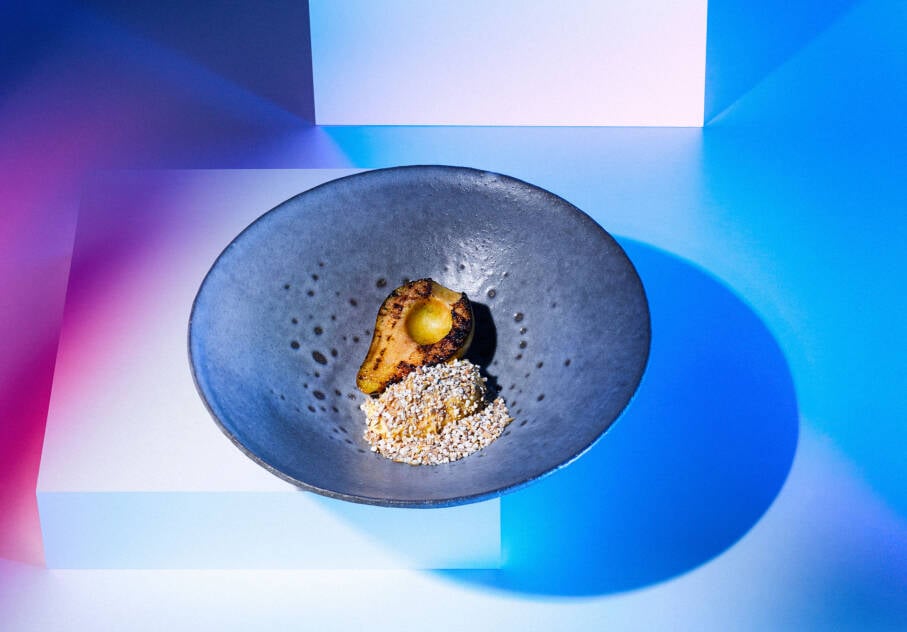Connect to nature “Foraging and being in nature can give you true reflection of what is seasonal and how the environment and soil influences certain products. Personally I enjoy the peace and quiet in nature and it gives me a feeling of connection to the products I’m cooking with.”
Stay safe and study "Make sure you are 100 percent sure you know what you picked. Especially mushrooms. Take on one new ingredient at a time and do your research thoroughly.”
Watch out for toxins “Make sure you know the origin of the ingredient and that there is no pollution in the area. A lot of river herbs act as a filter for the water and may absorb harmful toxins.”
Find people with knowledge “Speak to local elders about food heritage and put on your gum boots and take a walk through the local fields and forests with foragers that know their weeds. Also make sure to forage responsibly and never trespass.”
Chris Erasmus
Foliage
Franschhoek, South Africa
Chris Erasmus is patron Chef of restaurant Foliage in Franschhoek, South Africa. Supporting and endorsing local has been the chef’s ethos since he opened Foliage six years ago. Erasmus has a strong ‘field to fork’ ethos. For Erasmus foraged edible plants and mushrooms are an essential part of beautifying plates, flavouring stocks and reducing food costs on a small, seasonal menu rich in flavour.
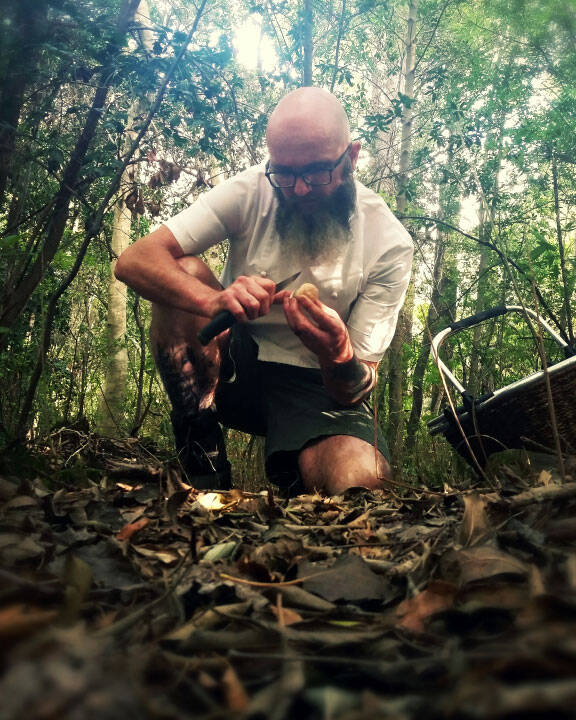
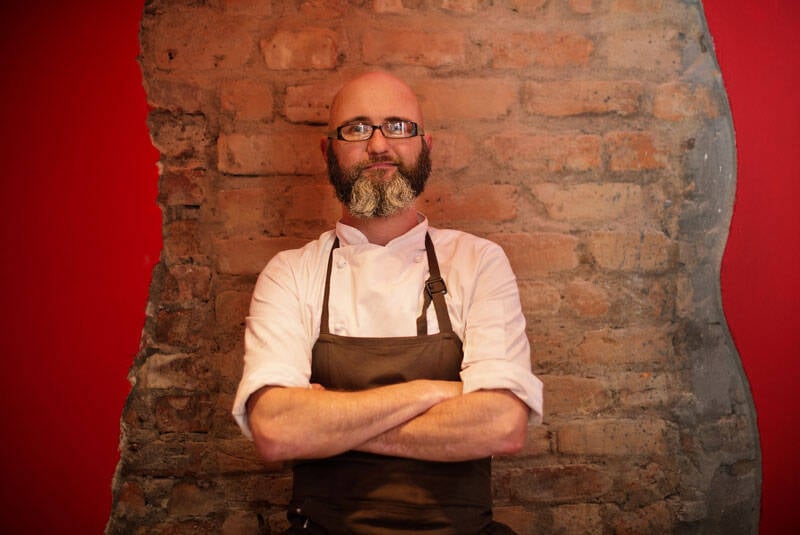

Emile van der Staak
De Nieuwe Winkel
Nijmegen, The Netherlands
Emile van der Staak is the owner and executive chef at De Nieuwe Winkel in de Dutch city Nijmegen. During his career as a chef he traveled the world trying to understand food cultures and to be inspired by tradition. Van der Staak tries to translate the insights he obtained into dishes made with local products, vegetables usually as the main ingredient. In his food forest Van der Staak works together with a botanist. Back to back they combine their knowledge in creating what Van der Staak calls: The botanical Kitchen.
Make some effort “Our current food system is based on large volumes at low prices, which isn't sustainable. Purchasing products from the region restores the relationship between farmers and chefs and stimulates the local economy. Cooking with local produce does require personal ambition. You will have to make the effort to explore what kind of initiatives are already happening in your region, and what is being produced.”
Find a garden “Start by finding an organic farm nearby. A chef cannot do without a kickass food garden! Build a fruitful collaboration. You can learn so much from local producers and by building a good connection you assure yourself of the highest quality.”
Be flexible “The price of cooking with local products usually is favorable, because you purchase the products during the season. Cooking with products in season also means that as a chef you have to be flexible and creative because not all products you have in mind will always be available.”

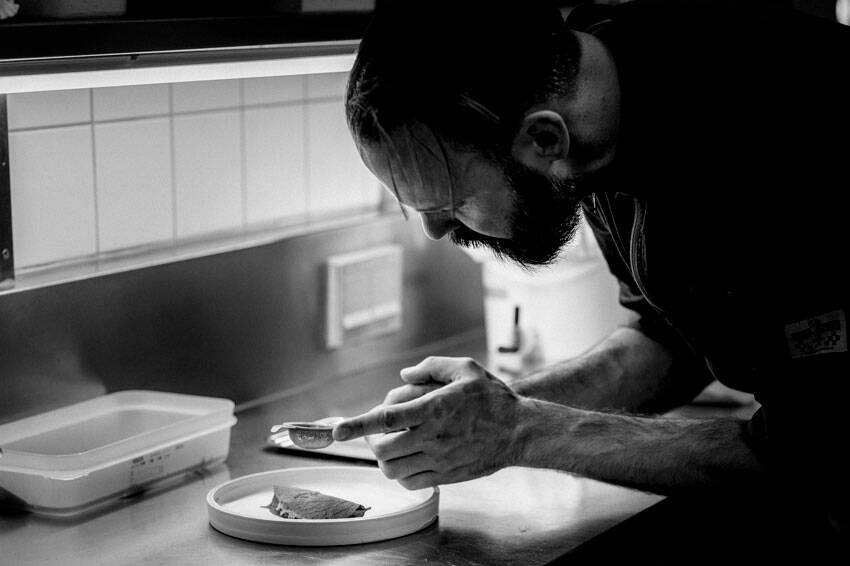

Pay upfront “When you’re working with small local producers it’s very important to negotiate a price that gives them the incentive to deliver a product of good quality. Make sure you pay small producers upfront. Most of them don’t have the leverage to be able to wait for a month for their money to be paid.”
Don’t be too hard on yourself “The best way to start changing your menu, is to make sure that the main ingredients in your dishes are sourced locally. If you still use some herbs that you weren't able to find locally that’s okay, it’s all about balance.”
Learn how to preserve “Working with seasonal products is the most natural and logical way to go about creating dishes and a menu. Often it’ll happen that you have certain products left over. This doesn't mean they have to go to waste. Use different preserving techniques, like making relish or pickling products, but also just simply by keeping certain stuff in the freezer, to use during a later moment in time.”

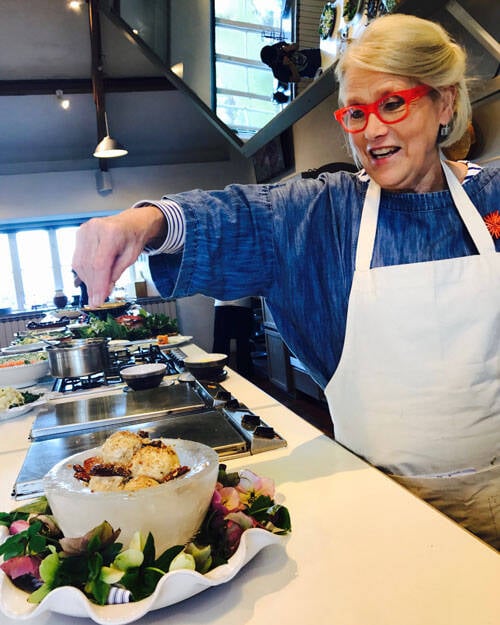
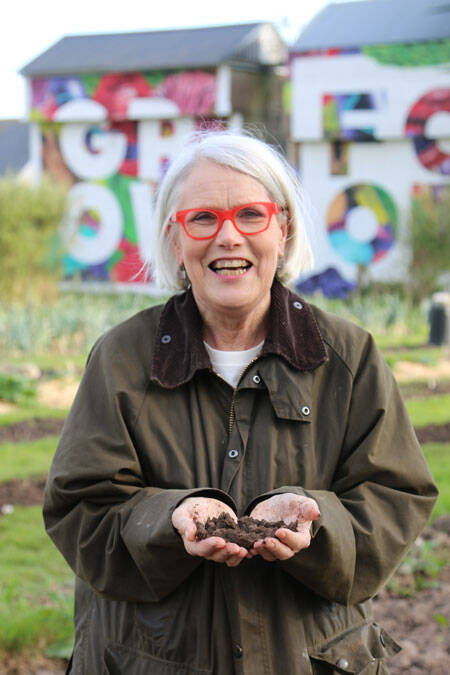
Build a community “To start making a local menu it’s important to be in good contact with local producers. Stay in the know of who is growing what. If you’re looking for a certain product ask around if people are growing it, or willing to grow it for you; put up a sign in your bar or restaurant, sometimes even people who only have a small piece of land or garden can help you out. At the same time ask your local producers what products they might have left over and incorporate them into your menu so that produce doesn’t go to waste.”
Darina Allen
Ballymaloe cookery school
Ballymaloe, Ireland
Darina Allen is an Irish chef, food writer, TV personality and founder of the award winning Ballymaloe Cookery School. At Ballymaloe, sustainability is one of their guiding principles, as they’re committed to producing as much organic produce as they can on their 100 acre organic farm. Darina has been instrumental in setting up the Farmers’ Market Movement in Ireland and is the councillor for Ireland in the Slow Food Movement.
© Rahi Rezvani
Demand the right price
“Make sure you demand prices that value your work and your product. Make sure your farmers do the same. Ask them if the price they are asking actually is a fair price or if they might need more. This way you create a sustainable form of doing business.”
Don’t set your menu in stone
“Things change all the time. Some foods have an extraordinary taste for only two days. Try to use products when they’re at their best. The more flexible your menu is, the more amazing ingredients you will be able to serve.”
Change your way of thinking
“The main shift in cooking with local products is to ask for what is available, as opposed to asking yourself what you want to cook. Again, keeping in touch with farmers is the most important thing if you want to evolve. Communication is key.”
Find people who can help to educate you “The first step is to find farmers who sell their food, and can tell more about their products. It's actually not that easy to figure out by yourself, what is available throughout the year and to understand season and agriculture in the context of your own kitchen. You should educate yourself by speaking to others.”
Micha Schäfer
Nobelhart & Schmutzig*
Berlin, Germany
Located in Berlin, Michelin star restaurant Nobelhart & Schmutzig first opened its doors in February 2015. From the start, Executive Chef Micha Schäfer and host Billy Wagner aimed to open people's eyes to the bountiful nature in and around the city. In their restaurant they use only regional products from small local producers.

© Marko Seifert, www.markoseifert.com, Düsseldorf
© Marko Seifert, www.markoseifert.com, Düsseldorf
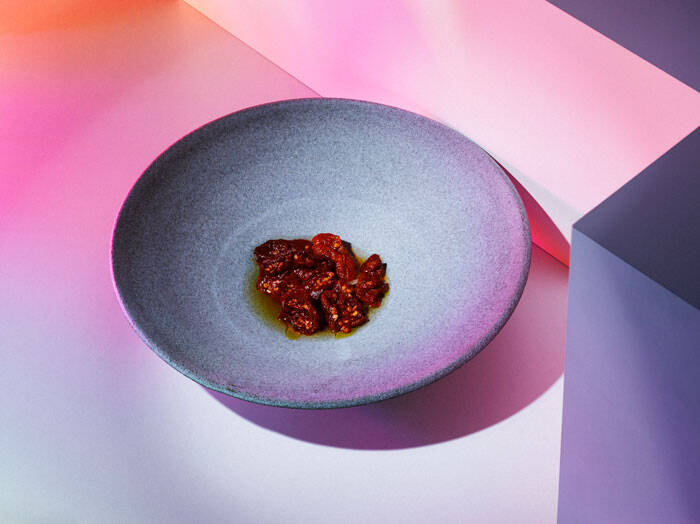
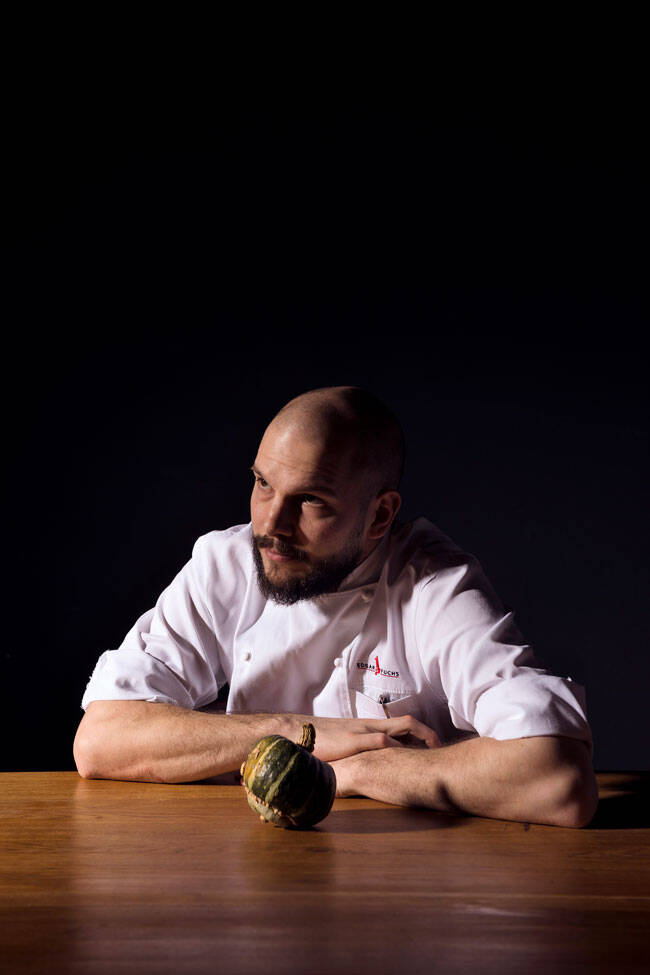
on going local
a beginners guide
Tips from four top chefs on using products you can find around you
Lisa Appels Wouter Noordijk
Consuming and cooking more locally is a trend that has slowly been growing for the past decade. Although going local has a lot of benefits, as a chef it’s sometimes also hard to know where to start when wanting to make change. Food Inspiration asked some tips from top chefs around the world, that are famous for using products from their own surroundings, for some practical tips for others chefs on going local.
trendwatch
6 min
a beginners guide on going local
© Marko Seifert, www.markoseifert.com, Düsseldorf
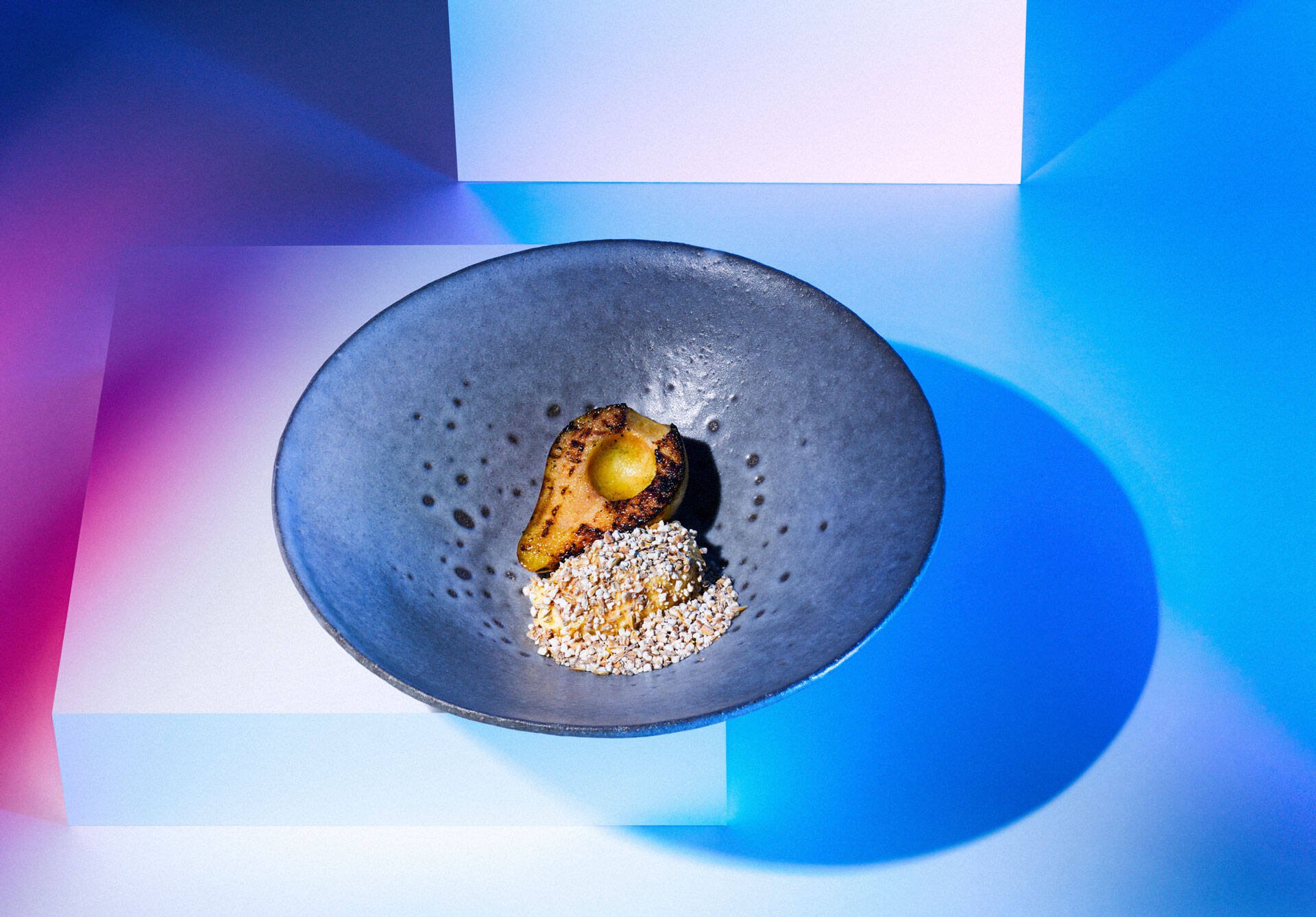
Connect to nature “Foraging and being in nature can give you true reflection of what is seasonal and how the environment and soil influences certain products. Personally I enjoy the peace and quiet in nature and it gives me a feeling of connection to the products I’m cooking with.”
Stay safe and study "Make sure you are 100 percent sure you know what you picked. Especially mushrooms. Take on one new ingredient at a time and do your research thoroughly.”
Watch out for toxins “Make sure you know the origin of the ingredient and that there is no pollution in the area. A lot of river herbs act as a filter for the water and may absorb harmful toxins.”
Find people with knowledge “Speak to local elders about food heritage and put on your gum boots and take a walk through the local fields and forests with foragers that know their weeds. Also make sure to forage responsibly and never trespass.”

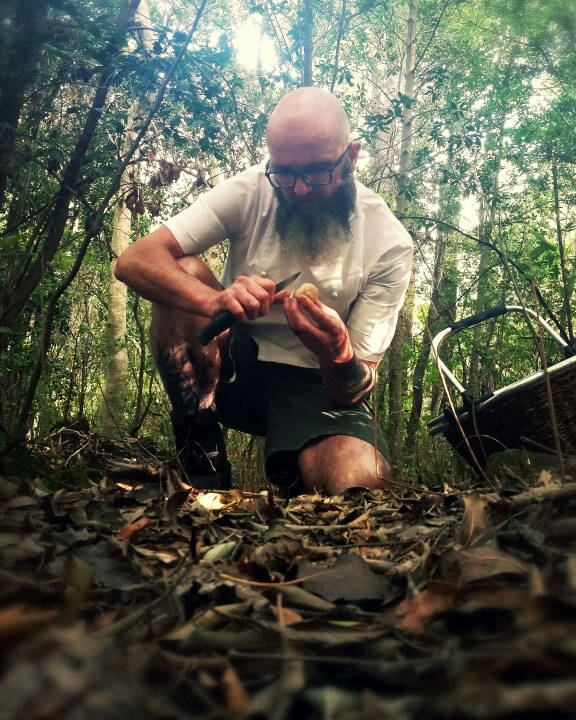
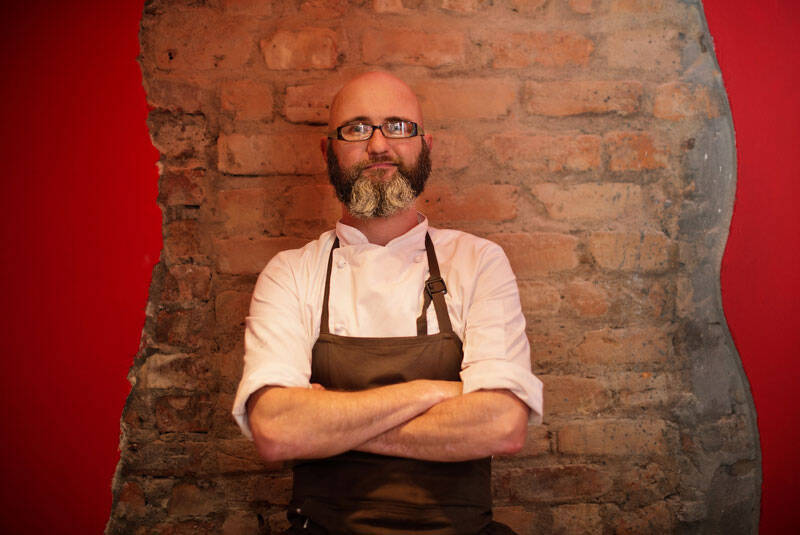
Chris Erasmus
Foliage
Franschhoek, South Africa
Chris Erasmus is patron Chef of restaurant Foliage in Franschhoek, South Africa. Supporting and endorsing local has been the chef’s ethos since he opened Foliage six years ago. Erasmus has a strong ‘field to fork’ ethos. For Erasmus foraged edible plants and mushrooms are an essential part of beautifying plates, flavouring stocks and reducing food costs on a small, seasonal menu rich in flavour.
Be flexible “The price of cooking with local products usually is favorable, because you purchase the products during the season. Cooking with products in season also means that as a chef you have to be flexible and creative because not all products you have in mind will always be available.”
Find a garden “Start by finding an organic farm nearby. A chef cannot do without a kickass food garden! Build a fruitful collaboration. You can learn so much from local producers and by building a good connection you assure yourself of the highest quality.”
Make some effort “Our current food system is based on large volumes at low prices, which isn't sustainable. Purchasing products from the region restores the relationship between farmers and chefs and stimulates the local economy. Cooking with local produce does require personal ambition. You will have to make the effort to explore what kind of initiatives are already happening in your region, and what is being produced.”
© Rahi Rezvani



Emile van der Staak
De Nieuwe Winkel
Nijmegen, The Netherlands
Emile van der Staak is the owner and executive chef at De Nieuwe Winkel in de Dutch city Nijmegen. During his career as a chef he traveled the world trying to understand food cultures and to be inspired by tradition. Van der Staak tries to translate the insights he obtained into dishes made with local products, vegetables usually as the main ingredient. In his food forest Van der Staak works together with a botanist. Back to back they combine their knowledge in creating what Van der Staak calls: The botanical Kitchen.
Don’t be too hard on yourself “The best way to start changing your menu, is to make sure that the main ingredients in your dishes are sourced locally. If you still use some herbs that you weren't able to find locally that’s okay, it’s all about balance.”
Learn how to preserve “Working with seasonal products is the most natural and logical way to go about creating dishes and a menu. Often it’ll happen that you have certain products left over. This doesn't mean they have to go to waste. Use different preserving techniques, like making relish or pickling products, but also just simply by keeping certain stuff in the freezer, to use during a later moment in time.”
Pay upfront “When you’re working with small local producers it’s very important to negotiate a price that gives them the incentive to deliver a product of good quality. Make sure you pay small producers upfront. Most of them don’t have the leverage to be able to wait for a month for their money to be paid.”
Build a community “To start making a local menu it’s important to be in good contact with local producers. Stay in the know of who is growing what. If you’re looking for a certain product ask around if people are growing it, or willing to grow it for you; put up a sign in your bar or restaurant, sometimes even people who only have a small piece of land or garden can help you out. At the same time ask your local producers what products they might have left over and incorporate them into your menu so that produce doesn’t go to waste.”
Darina Allen
Ballymaloe cookery school
Ballymaloe, Ireland
Darina Allen is an Irish chef, food writer, TV personality and founder of the award winning Ballymaloe Cookery School. At Ballymaloe, sustainability is one of their guiding principles, as they’re committed to producing as much organic produce as they can on their 100 acre organic farm. Darina has been instrumental in setting up the Farmers’ Market Movement in Ireland and is the councillor for Ireland in the Slow Food Movement.

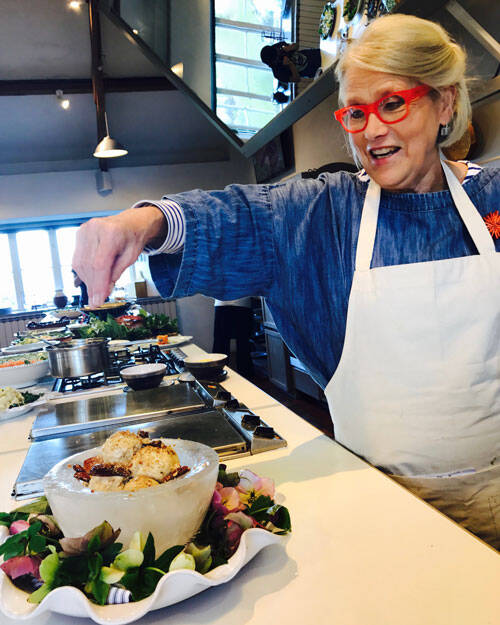
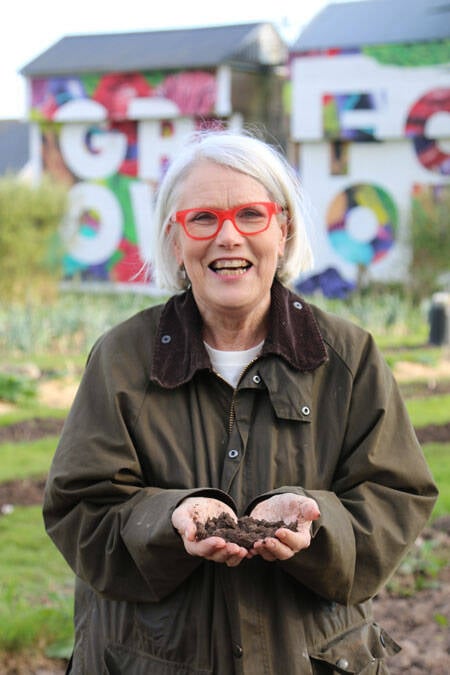
Demand the right price
“Make sure you demand prices that value your work and your product. Make sure your farmers do the same. Ask them if the price they are asking actually is a fair price or if they might need more. This way you create a sustainable form of doing business.”
Don’t set your menu in stone
“Things change all the time. Some foods have an extraordinary taste for only two days. Try to use products when they’re at their best. The more flexible your menu is, the more amazing ingredients you will be able to serve.”
© Marko Seifert, www.markoseifert.com, Düsseldorf
Change your way of thinking
“The main shift in cooking with local products is to ask for what is available, as opposed to asking yourself what you want to cook. Again, keeping in touch with farmers is the most important thing if you want to evolve. Communication is key.”
Find people who can help to educate you “The first step is to find farmers who sell their food, and can tell more about their products. It's actually not that easy to figure out by yourself, what is available throughout the year and to understand season and agriculture in the context of your own kitchen. You should educate yourself by speaking to others.”

© Marko Seifert, www.markoseifert.com, Düsseldorf
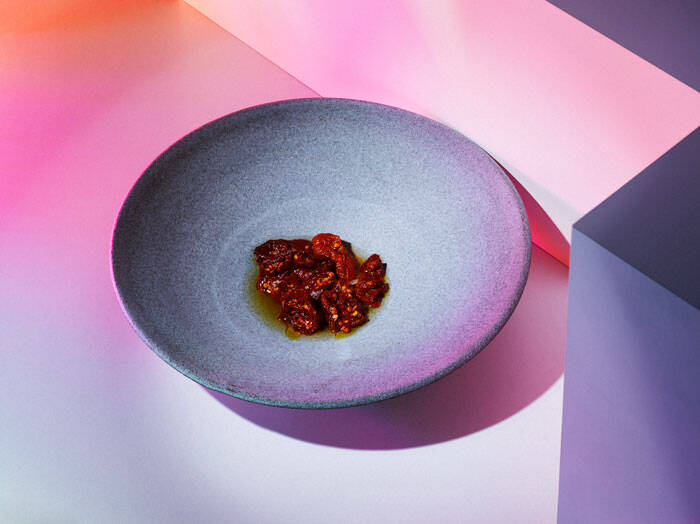
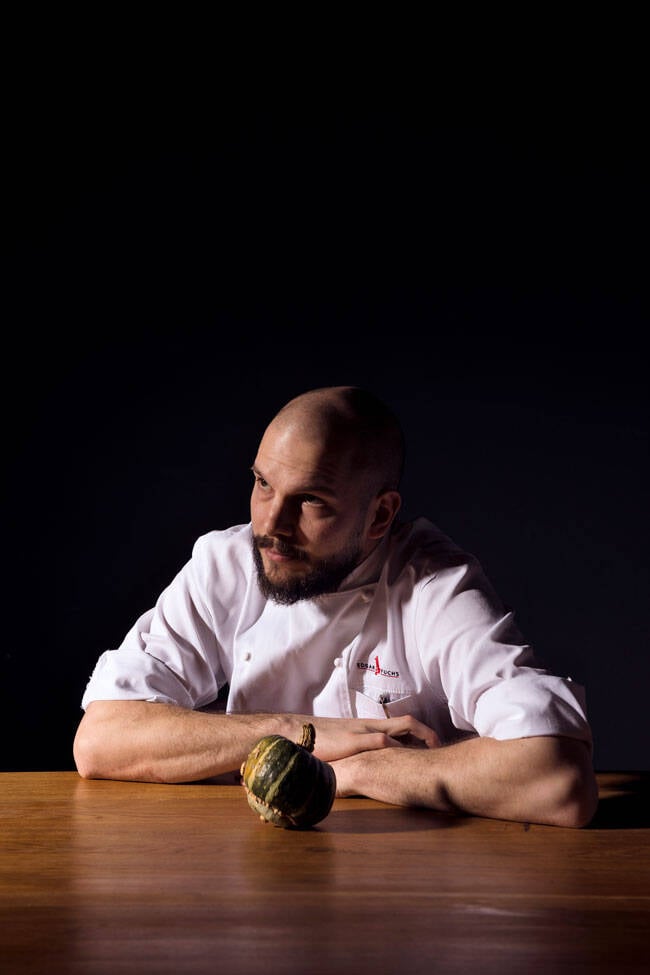
Micha Schäfer
Nobelhart & Schmutzig*
Berlin, Germany
Located in Berlin, Michelin star restaurant Nobelhart & Schmutzig first opened its doors in February 2015. From the start, Executive Chef Micha Schäfer and host Billy Wagner aimed to open people's eyes to the bountiful nature in and around the city. In their restaurant they use only regional products from small local producers.
Lisa Appels Wouter Noordijk
Consuming and cooking more locally is a trend that has slowly been growing for the past decade. Although going local has a lot of benefits, as a chef it’s sometimes also hard to know where to start when wanting to make change. Food Inspiration asked some tips from top chefs around the world, that are famous for using products from their own surroundings, for some practical tips for others chefs on going local.
Tips from four top chefs on using products you can find around you
on going local
a beginners guide
© Marko Seifert, www.markoseifert.com, Düsseldorf
6 min
